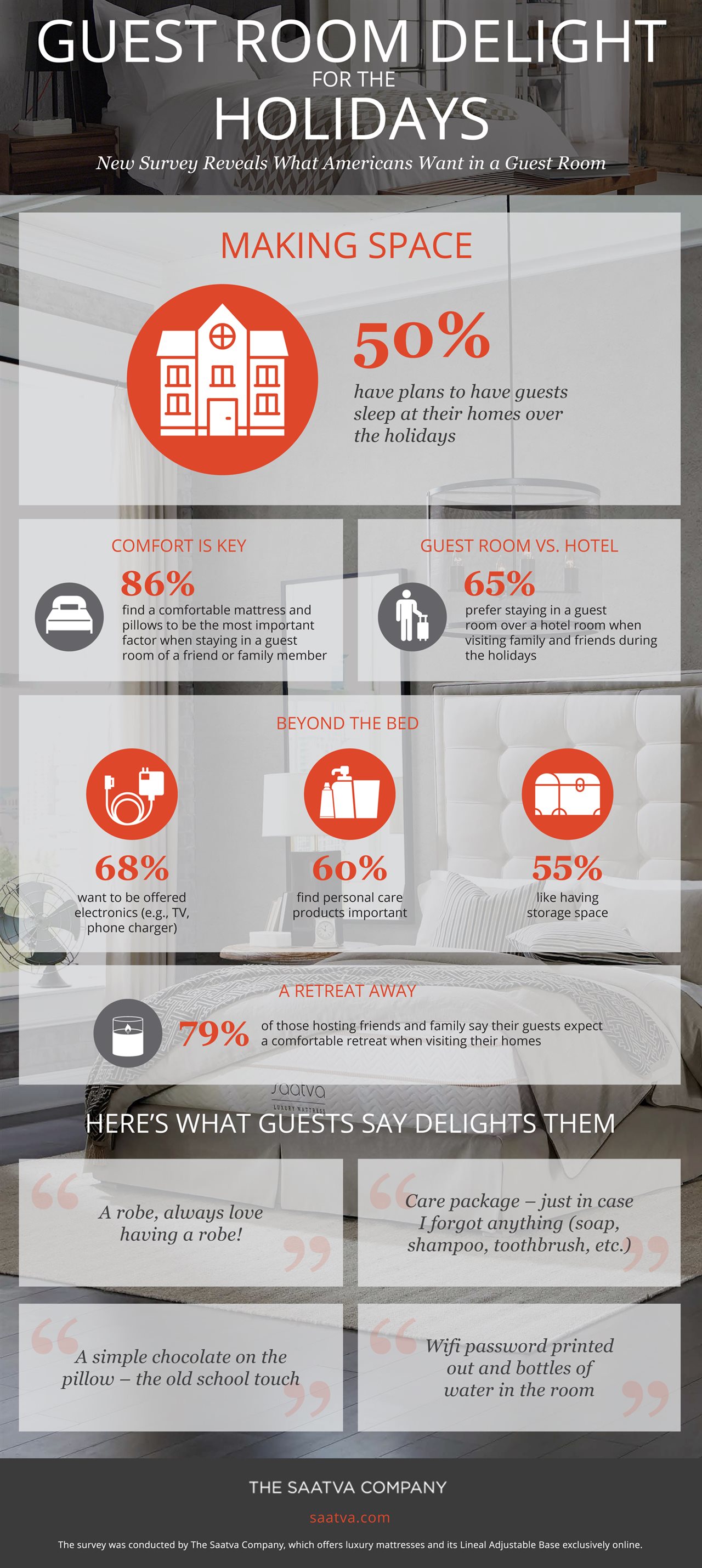2018-04-04T08:01:00
(BPT) – Like a moth to the flame, humans are inherently drawn to fire. In fact, often our favorite rooms in the home contain a fireplace, and many of our most memorable moments take place around the hearth. While the popularity of fireplaces has remained steadfast over the years, trends in their design and usage are constantly evolving.
“We’ve seen more innovations in fireplace technology in the past few years than we have in the past 40 years in business,” said Stephen Schroeter, senior vice-president of sales, marketing and administration for Napoleon, North America’s largest privately owned manufacturer of fireplaces.
New technology is allowing for more fireplace design flexibility, enabling limitless creativity when it comes to incorporating fireplaces into your home. With the support of these innovations, the following four fireplace trends are catching fire from coast to coast.
1. Sleek lines
Due to their clean appearance and superior design flexibility, linear fireplaces — think a panorama of flames — have been increasing in popularity. One of their key advantages, seemingly, is being able to place a television at viewing height, directly above the fireplace. However, the heat emitted by the fireplace has historically caused design challenges.
As a solution, Napoleon recently launched its new line of award-winning Luxuria linear fireplaces. This line comes standard with a patent-pending system, Dynamic Heat Control, which redirects heat from the fireplace to other areas of the home, or even outside. This innovation now enables a TV or delicate artwork to be mounted within inches of the fireplace, and allows homeowners to enjoy their fireplaces for hours without becoming overheated. What’s more, even the glass is cool to the touch, eliminating the need for a safety screen and making it safer for everyone in the home.
2. A selection of surrounds
Shiplap is hot, fireplaces are hotter. Previously, homeowners have been limited to non-combustible materials, such as marble or tile for their fireplace surrounds. However, thanks to new heat control systems in select fireplaces, you can significantly reduce the cost of your surround, while still achieving a great aesthetic. Simple framing and the use of wood or drywall as a finishing material right up to the firebox drastically reduces the cost and provides you with the option to change the look down the line. So embrace the new technology and go for that shiplap surround — you’ll save money and have peace of mind your home is still up to code.
3. Unexpected spaces
Imagine soaking in a bubble bath, listening to soft music while watching the flicker of flames dance across the dimly lit bathroom. Or lying in bed reading the latest bestseller by the warm glow of the hearth. Given design advancements, the installation of fireplaces has become quicker, easier and somewhat limitless. With the invention of flexible venting solutions, the installer can now work around obstacles without multiple parts and connectors. Unlike traditional rigid venting, flexible venting flows around walls or other obstacles for hassle-free installation. And because it’s faster and easier, the cost of installation is lower. So, if you’re dreaming about a fireplace in your bathroom, master bedroom, kitchen, garage or fitness center, pesky plumbing and bulky beams won’t dictate your design.
4. Elegant electrics
Electric fireplaces are no longer the clunky contraptions of yesterday. The technology behind them has improved exponentially over the past several years, which is why they are one of the fastest-growing fireplace trends. Today’s models are sleek, extremely realistic and offer endless options for customization, from a selection of media kits to different ember bed color options to adjustable flame speed and brightness options. What’s more, they are easy to install — simply mount on the wall and plug into the outlet.
Now more than ever, there are endless ways to incorporate fireplaces into your home. For more fireplace inspiration, visit napoleonfireplaces.com.











